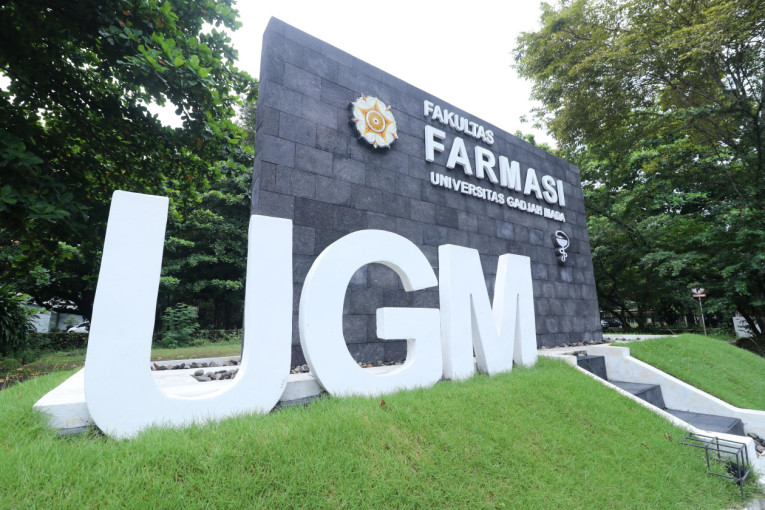UGM Beri Sanksi Pelaku Kekerasan Seksual di Fakultas Farmasi
Terkait dengan kasus kekerasan seksual (KS) kepada mahasiswa yang terjadi di Fakultas Farmasi yang ramai diberitakan di beberapa media pada minggu-minggu terakhir ini, tindakan KS tersebut...











































